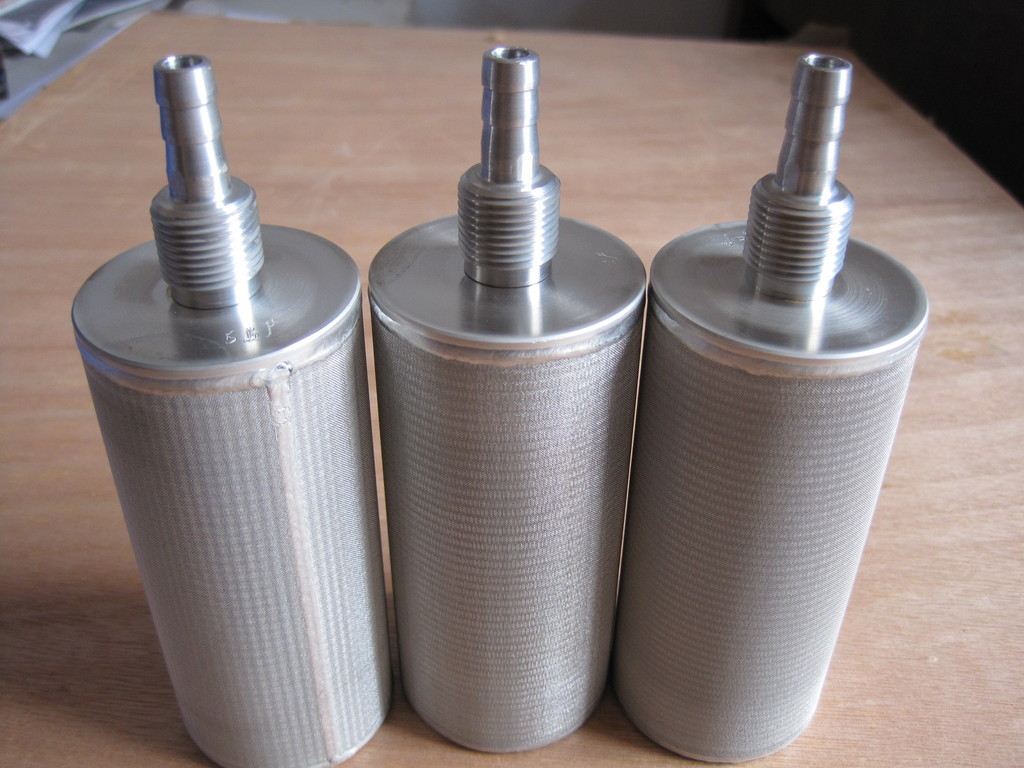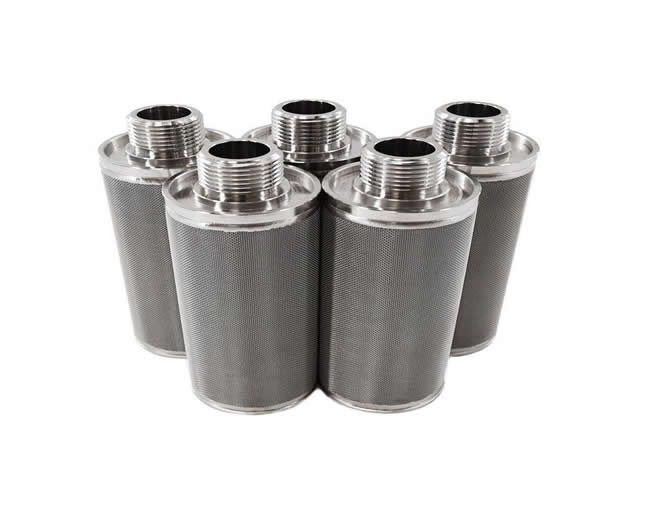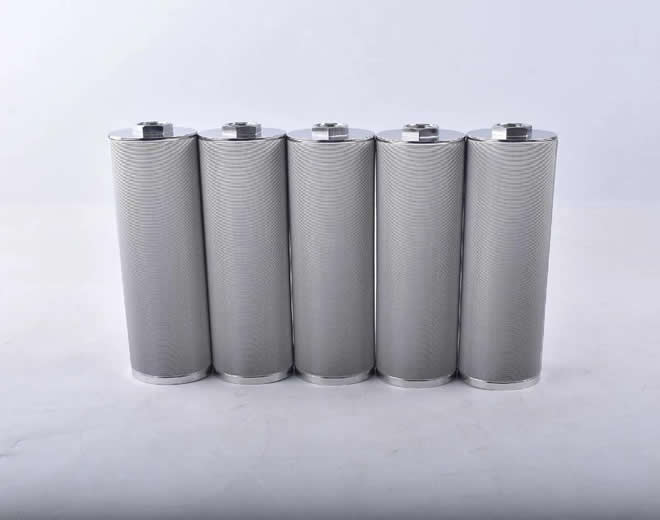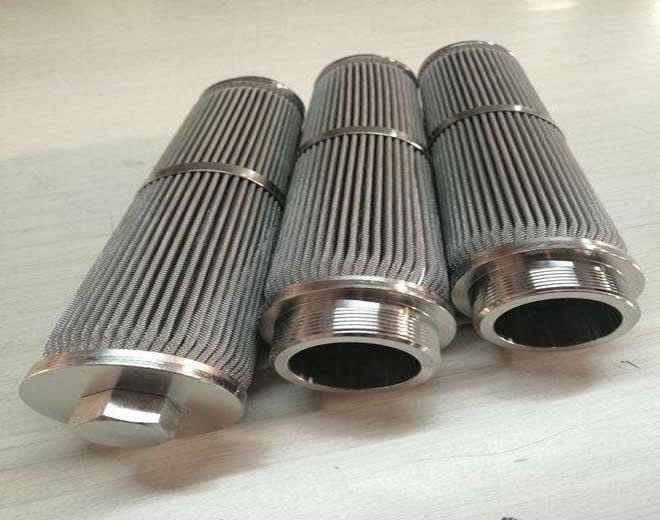Stainless steel sintered mesh is a filtration material made by sintering multiple layers of woven metal mesh at high temperatures. It offers high strength, corrosion resistance, good permeability, and other excellent properties. The manufacturing process involves several steps to ensure product quality and performance. Below is the typical manufacturing process for stainless steel sintered mesh:
1. Raw Material Preparation
- Material Selection: Choose appropriate stainless steel wire (commonly 304, 316L, etc.) based on different application requirements. These wires are woven into metal mesh.
- Mesh Weaving: Stainless steel wire is woven into metal mesh with different specifications and mesh counts. Plain weave, twill weave, and other weaving methods may be used depending on the need.
2. Layering of Metal Mesh
- Multi-layer Structure: Stack the woven metal mesh into multiple layers with varying mesh counts. Typically, it ranges from three to five layers. The usual structure includes a protective layer, dispersion layer, and filtration layer to enhance filtration efficiency and strength.
- Layering Method: Depending on design requirements, the mesh can be layered in different configurations, such as single-direction or multi-directional alternation, to improve strength and filtration precision.
3. Pressing and Forming
- Pressing Process: The stacked metal mesh is placed in a mold and pressed under high pressure using specialized hydraulic equipment. This step compresses the layers and ensures structural stability.
- Forming: After pressing, the sintered mesh can be processed into sheets, plates, or other specific shapes based on application needs.
4. Vacuum Sintering
- High-Temperature Sintering: The pressed stainless steel mesh is placed in a vacuum sintering furnace for high-temperature sintering. The sintering temperature typically ranges from 1100°C to 1300°C.
- Sintering Process: Under high temperatures, the contact points between the metal wires undergo diffusion bonding, causing the layers to fuse into a single structure.
- Vacuum Environment: The vacuum environment helps avoid oxidation and ensures the purity and corrosion resistance of the sintered mesh.
5. Cooling and Annealing
- Cooling: After sintering, the workpiece needs to cool gradually. This process is typically controlled to prevent stress or deformation in the material.
- Annealing: To improve the material's ductility and durability, an annealing process is often performed to relieve internal stress.
6. Cutting and Processing
- Size Cutting: Based on customer requirements or design specifications, the sintered mesh is cut to specific sizes or shapes. Cutting methods include laser cutting, water jet cutting, or mechanical cutting.
- Surface Treatment: Depending on application needs, surface treatments such as polishing or pickling may be applied to enhance corrosion resistance or improve appearance.
7. Inspection and Testing
- Mesh and Thickness Inspection: Specialized equipment is used to measure the mesh count, number of layers, and thickness of the sintered mesh to ensure compliance with design standards.
- Strength and Permeability Testing: Tests for compressive strength, tensile strength, and permeability are conducted to ensure stable performance in real-world applications.
- Filtration Precision Testing: Filtration tests are performed to check the actual filtration accuracy of the sintered mesh, ensuring it meets the desired filtration requirements.
8. Final Packaging
- Cleaning and Drying: Before the product is shipped, the sintered mesh is cleaned and dried to remove any residues from the manufacturing process, ensuring product cleanliness.
- Packaging and Shipment: The final products are packaged according to customer specifications to ensure they remain undamaged during transportation. Packaging materials typically offer moisture and dust protection to safeguard the surface of the sintered mesh.
---
Stainless steel sintered mesh manufactured through these processes has the advantages of high-temperature resistance, corrosion resistance, high strength, and stable filtration accuracy. It is widely used in filtration and separation systems in industries such as petroleum, chemical, pharmaceutical, food, and water treatment.



